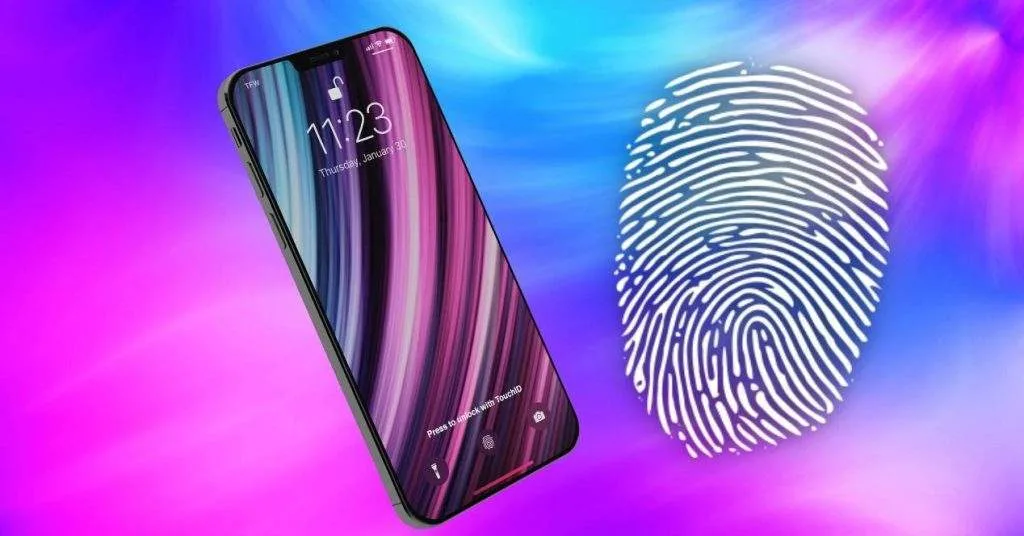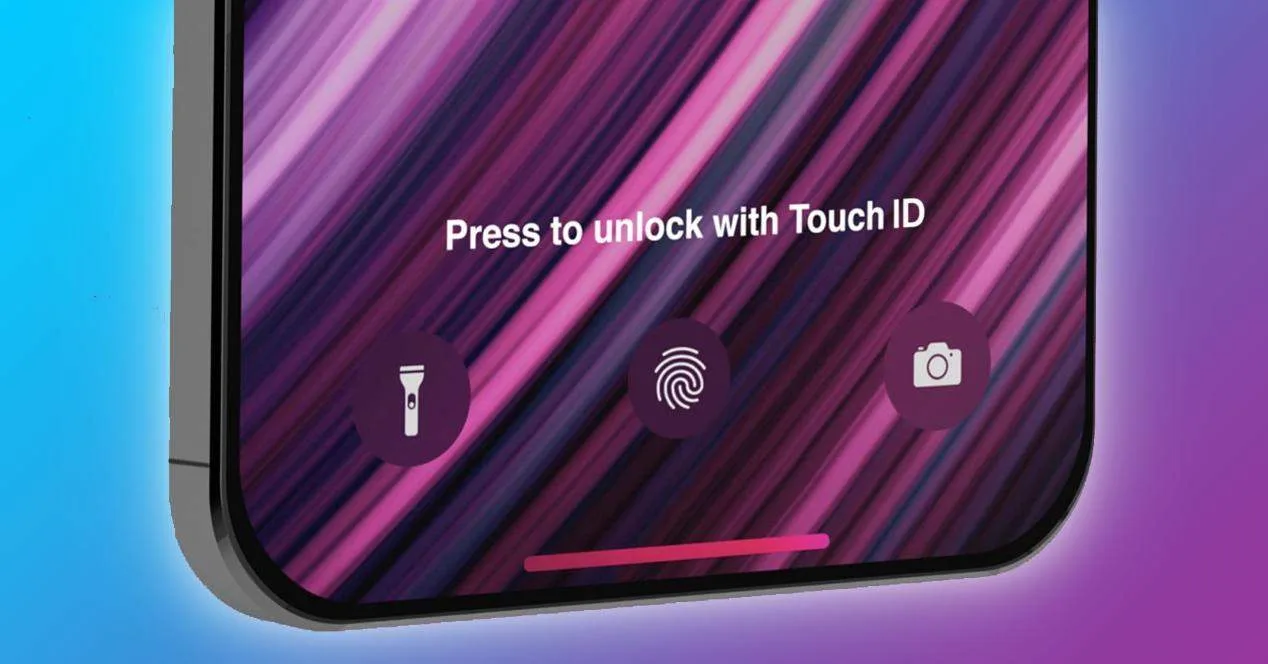Despite testing and developing the technology, Apple has decided not to integrate an under screen Touch ID sensor with the next iPhone 13, leaving customers with Face ID as their only biometric verification option.
This comes despite widespread reports from numerous credible sources – including the Wall Street Journal, popular insiders Ross Young, Jon Prosser, L0vetoDream and Kuo himself – that the technology would return making its omission something of a shock.
Apple is rumoured to launch the iPhone 13 series in September this year.
Apple had been exploring Touch ID technology, which would have allowed the corporation to install the sensor beneath the iPhone’s display, allowing users to authenticate by just placing their finger on the screen.
While Apple tests and researches new concepts and technologies on a regular basis, report earlier this year stated the company was on track to add Touch ID under the display with iPhones in 2021.

However, according to Bloomberg’s Mark Gurman in his monthly Power On newsletter, Apple’s intentions have changed considerably, and an under-screen Touch ID sensor “won’t make the cut” for the iPhone 13.
Apple’s ultimate goal, according to Gurman, is to install Face ID beneath the display rather than Touch ID
Touch ID is now only available on the second-generation iPhone SE, although it has recently made a comeback on the iPad.
Apple engineers were able to integrate Touch ID into the Power Button on the iPad Air’s current edition. Apple may decide to include the same technology in future low-cost iPhones while keeping Face ID reserved for higher-end models.
The reasons behind Apple’s decision to abandon its original plan to add Touch ID with the iPhone 13 are unknown; however, the corporation may have believed that the technology was not yet mature enough to be used in its flagship iPhones
Alternatively, following the release of iOS 14.5, which allows consumers to unlock their iPhones with their Apple Watch, the corporation may have felt less pressure to integrate the capability.
Because Face ID does not operate if a user is wearing a face mask, the global health crisis and regular use of a face mask increased demand for Touch ID.
With iOS 14.5 and watchOS 7.4, Apple fixed the problem, allowing customers to unlock their iPhone while wearing a mask as long as they have an Apple Watch.
While the loss of an under-screen Touch ID sensor may upset some, Apple is still promising significant improvements with the iPhone 13
The new iPhones will place a strong emphasis on camera features, such as ProRes and portrait mode for video. The new phones will have a smaller notch, bigger batteries, and better performance







